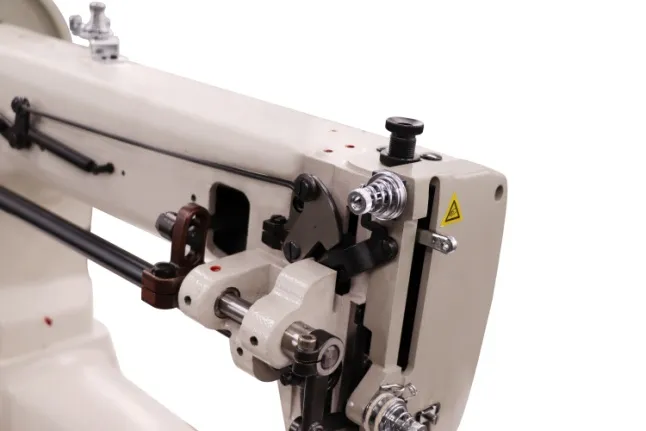Understanding Standard Sewing Machine Needles for Your Sewing Projects and Choosing the Right One
Understanding Standard Sewing Machine Needles
Sewing is both an art and a craft that has been a part of human culture for centuries. The tools we use significantly impact the quality of our work, and one of the most crucial tools in sewing is the sewing machine needle. Among the plethora of available options, standard sewing machine needles are the most commonly used, and understanding their specifics is essential for any sewing enthusiast.
The Basics of Sewing Machine Needles
A sewing machine needle consists of several key parts the shank, the shaft, the groove, the eye, and the point. Each of these parts serves a specific function. The shank is the upper part of the needle that fits into the needle holder of the machine. The shaft is the long, slender portion that travels through the fabric. The groove runs along one side to guide the thread, while the eye is the hole through which the thread passes. Lastly, the point of the needle is designed to penetrate the fabric.
Standard sewing machine needles typically measure 1.5 inches in length and come in varying thicknesses, determined by a numerical system. The sizes range from 60/8 (very fine) to 110/18 (very heavy). The number before the slash refers to the millimeter size, while the number after refers to the American system of sizing, making it easy for users to pick the right needle for their projects.
Types of Standard Needles
Not all standard sewing machine needles are created equal; they are designed for different types of fabrics and sewing techniques. The most common types include
1. Universal Needles These are the most versatile and are suitable for a wide variety of woven and knit fabrics. They feature a slightly rounded point, making them ideal for general sewing.
2. Ballpoint Needles These needles have a rounded tip, allowing them to slide between the fibers of knit fabrics without causing damage. They are essential when sewing stretchy materials.
standard sewing machine needle

3. Sharps Needles Known for their slender and sharp point, these needles are designed for lightweight fabrics like silk and tulle, ensuring clean, precise stitches.
4. Jeans/Denim Needles With a thicker shaft and a strong, sharp point, these needles are specifically crafted for sewing through thick fabrics like denim and canvas, preventing breakage.
5. Quilting Needles These have a tapered point, allowing them to easily pierce multiple layers of fabric. They are essential for quilters seeking clean and accurate stitching.
Choosing the Right Needle
Selecting the right needle can be the difference between a smooth sewing experience and a frustrating one. Always consider the fabric type, weight, and the specific project at hand. For example, using a universal needle on heavy canvas might result in skipped stitches or needle breakage, while using a ballpoint needle on woven fabric may not give the best results.
It's also essential to change needles regularly, as they can become dull or bent with use. A good rule of thumb is to replace the needle after every project or after every eight hours of sewing time.
Conclusion
Understanding standard sewing machine needles is vital for any sewing project. By familiarizing oneself with different needle types, sizes, and specific uses, sewists can enhance their sewing skills and achieve professional results. Whether you're patching a pair of jeans, crafting a quilt, or sewing delicate fabrics, the right needle is key to making the process efficient and enjoyable. Always remember, a well-chosen needle not only improves the quality of your stitches but also prolongs the life of your sewing machine. Happy sewing!
-
Leather Sewing Machine: The Industrial Standard for Tough MaterialsNewsJul.18,2025
-
Sail Making Machine: Heavy-Duty Stitching for Industrial and Marine NeedsNewsJul.18,2025
-
Sling Sewing Machine: The Backbone of Heavy-Duty FabricationNewsJul.18,2025
-
Leather Sewing Machine: Precision for Heavy-Duty StitchingNewsJul.18,2025
-
Big Bag Sewing Machine: Powering the Future of Bulk PackagingNewsJul.18,2025
-
FIBC Sewing Machine: Essential Equipment for Bulk Bag ProductionNewsJul.18,2025
-
Heavy Duty Leather Sewing Machine: A Must-Have for Professional LeatherworkNewsMay.28,2025





























